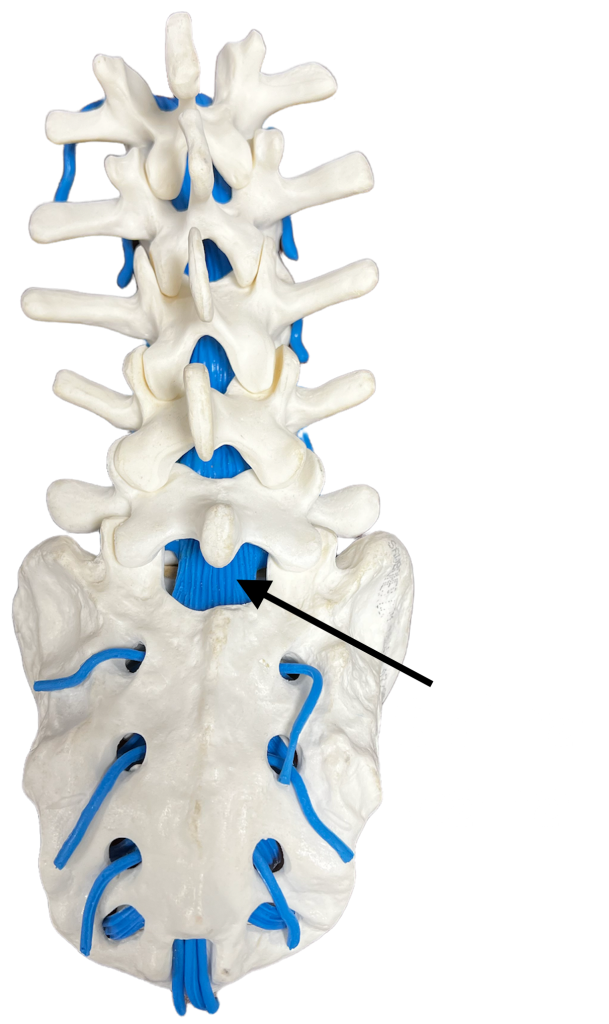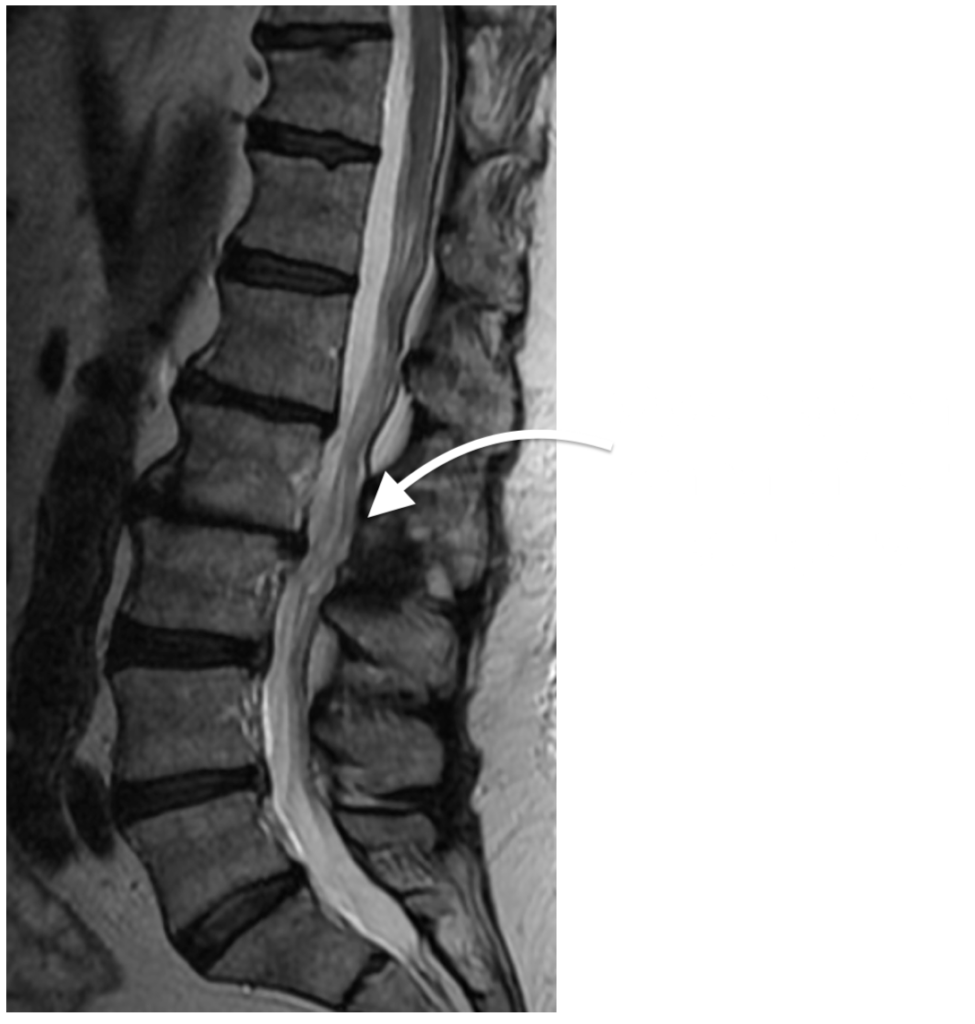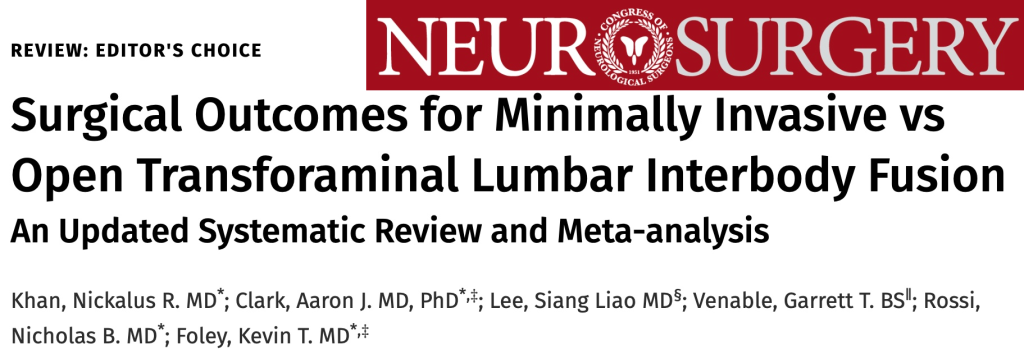
Meet in person with Dr. Rossi to discuss your pain and treatment options.


All of the nerves that go into your legs and feet first pass through your spinal cord in your back. Your spinal cord is protected by the bones of your back called vertebrae. Over time the bones, ligaments, and disks meant to protect your nerves often shift and degenerate causing narrowing of these channels. This can result in pressure on your nerves, or spinal stenosis, which prevents signals from properly transmitting through your nerves. Technically this is called neurogenic claudication.
Often this results in pain and numbness in the back and legs, weakness, and poor balance or difficulty walking. Many patients with spinal stenosis have difficulty walking distances or going up stairs and will find themselves using an assist device such as a cane for balance. This can be a very slowly progressing process that happens over years or decades. Many patients do not realize how much their mobility has been compromised.

If spinal stenosis is suspected by your doctor then x-ray is often used as a first step to evaluate the bones and discs in the spine. Unfortunately x-ray does not allow us to see nerves or provide a high level of detail.
An MRI is typically required to see the nerves in your back and any associated spinal narrowing, herniated disks, bone spurs, or other causes of inflammation. An MRI is a test that uses a magnet to give a high resolution image. MRIs take longer than an x-ray but both are painless.



Please explore to better understand your pain and options



Hopedale Medical Complex
107 Tremont Street
Hopedale, IL 61747
Copyright © 2022 Nicholas Rossi, M.D.




A virtual visit uses telehealth for a consultation with Dr. Rossi from the comfort of your home